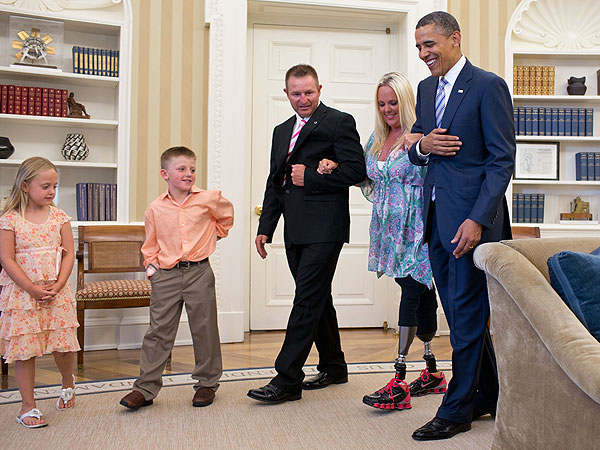LONDON — Doctors in England will soon be prescribing books as well as pills to patients suffering from anxiety and depression.
In a government-endorsed initiative supported by medical associations and librarians, physicians will be sending patients to their local libraries for a range of approved self-help titles targeted at those suffering from mild to moderate mental health problems.
Patients are also being encouraged to turn to what The Bookseller magazine described as “uplifting novels and poetry.”
Extolling the potentially curative powers of literature, the Reading Agency charity quoted research that showed reading reduced stress levels by 67 percent.
The charity, which is a partner in the new Books on Prescription program announced this week, quoted the New England Journal of Medicine as saying reading also cut the risk of dementia by more than a third.
The list of 30 approved self-help titles available on prescription from May includes page-turners like “The Feeling Good Handbook,” “How to Stop Worrying” and “Overcoming Anger and Irritability.”
“There’s growing evidence that shows that self-help reading can help people with certain mental health issues get better,” Miranda McKearney, the Reading Agency’s director said.
The sick often rely on the Internet to search for advice on symptoms and cures that can turn out to be unreliable. Doctors will now be able to write a prescription that gives patients immediate membership to their local library and access to recommended titles.
It is the first so-called bibliotherapy initiative to have received such high-level official backing from health authorities and librarians.
Campaigners for public libraries have applauded the program but worry that not enough is being done to protect the libraries themselves. Last year, 200 libraries were closed and another 300 are reportedly facing closure or being handed over to volunteers this year.
The Reading Agency meanwhile has come up with a core list of Mood-boosting Books designed to promote feeling good.
It includes proven classics such as “The Secret Garden,” by Frances Hodgson Burnett, but also upbeat titles from the likes of Bill Bryson, the best-selling U.S. humorist.
Development of the book prescription idea was paid for by the Arts Council England, which distributes public money to arts projects.
The Reading Agency has applied for funding from the government, which it says spends £14 billion, or $22 billion, a year treating mental health.
So, should sufferers of depression or panic attacks be advised to curl up with a good book? Or is this just a new health fad to find an alternative to costly medication and therapy.
The Reading Project is soliciting suggestions for stress-relieving books at the Twitter hashtag #moodboosting.
If you think there might be something in it, send us your own suggestions for therapeutic reading. And, while you’re at it, let us know any titles that are best avoided when we’re feeling low.















